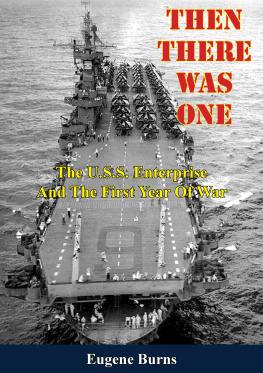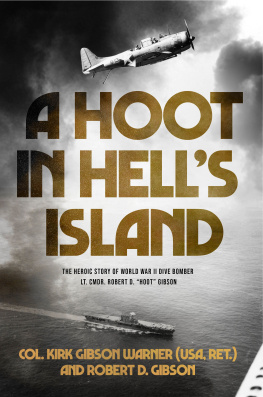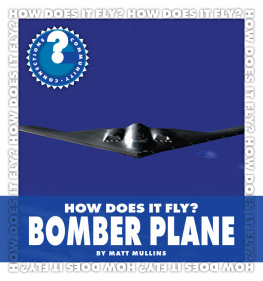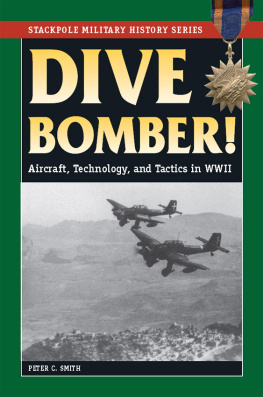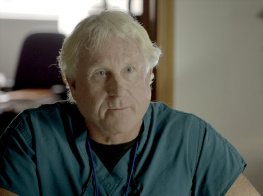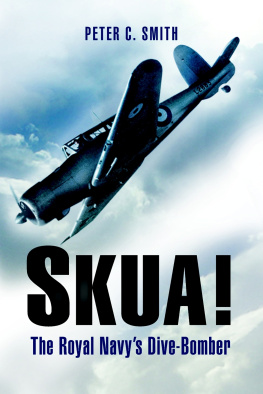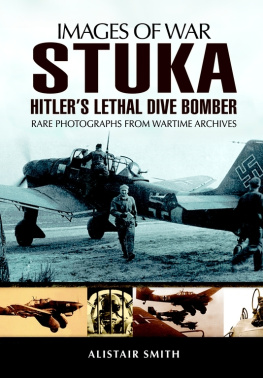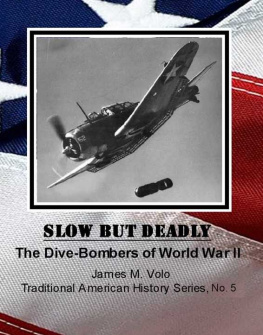
This edition is published by PICKLE PARTNERS PUBLISHINGwww.picklepartnerspublishing.com
To join our mailing list for new titles or for issues with our books picklepublishing@gmail.com
Or on Facebook
Text originally published in 1941 under the same title.
Pickle Partners Publishing 2015, all rights reserved. No part of this publication may be reproduced, stored in a retrieval system or transmitted by any means, electrical, mechanical or otherwise without the written permission of the copyright holder.
Publishers Note
Although in most cases we have retained the Authors original spelling and grammar to authentically reproduce the work of the Author and the original intent of such material, some additional notes and clarifications have been added for the modern readers benefit.
We have also made every effort to include all maps and illustrations of the original edition the limitations of formatting do not allow of including larger maps, we will upload as many of these maps as possible.
DIVE BOMBER: LEARNING TO FLY THE NAVYS FIGHTING PLANES
BY
ROBERT A. WINSTON
Illustrated by
Walter I. Dothard
TABLE OF CONTENTS
Contents
TABLE OF CONTENTS
REQUEST FROM THE PUBLISHER
FOREWORD
The opinions and assertions contained herein are the private ones of the writer and are not to be construed as official or reflecting the views of the Navy Department or the naval service at large.
Some of the material in these pages is reprinted through the courtesy of the Sportsman Pilot, Popular Aviation, Ken, and the Readers Digest, whose kind permission is gratefully acknowledged.
Especial credit is due Mr. Walter I. Dothard, Sr., whose careful and accurate illustrations of the various types of service airplanes are an integral and essential part of this book, and to his son, Ensign Walter I. Dothard, Jr., U.S.N.R., my former shipmate and fellow instructor, who did much of the research in connection with the illustrations.
R. A. WINSTON, Lieutenant, U.S.N.
Bureau of Aeronautics,
Navy Department,
Washington, D. C.
November 11, 1941
LIST OF ILLUSTRATIONS
CHAP.
I
Lieutenant Cutter Explains
II
Standing-by at Ready-Room
III
Air Traffic Control Tower at Pensacola
IV
Consolidated Trainer (NY-2)
Engine Trouble Shooting in Ground School
V
Flight Orders Are Posted Daily
Stearman Trainer (NS)
VI
Chance-Vought Observation (O2U)
Chance-Vought Scout (SU)
Camera-Gun Practice
VII
Consolidated Patrol-Bomber (PBY)Big Boat
Martin Torpedo Carrier (TM)
Catapult Shot in O2U
VIII
Section of Boeing Fighters (F4B-1) in V Formation
IX
Section of Boeing Fighters (F4B-4) in Line Formation
Parachutes Are Constant Companions
The Lexington and Saratoga Are Sister Ships
X
Night Flying Is a Regular Part of the Work
XI
The Fleet at Sea
Boeing Fighter in a Bombing Dive
XII
Squadron Rendezvous for Carrier Landing
XIII
Carrier Take-off
XIV
Bad Weather Ahead
XV
Dive Bombing Practice on Ground Target
XVI
Grumman Fighter (F3F-2)
XVII
Dogfight between Grummans and Curtiss Hawks
XVIII
Douglas Torpedo-Bomber (TBD)
Link Trainer Is Aid to Instrument-Flying Instruction
XIX
Grumman Fighters in Echelon Formation
XX
Flying Wing and Tail, No Matter What the Score
CHAPTER ONEOff the Deep End
EIGHTEEN DOLLARS AN HOUR. THAT WAS WHAT they wanted for dual instruction at the flying school on Long Island. I had expected flying lessons to be expensive, but I didnt think they were going to tear such a hole in my pay-check.
Havent you anything a little lower? I asked hopefully.
Not in our school, was the short answer. Of course if you just want to play around the airport in light planes, some of these private operators will take your money, but you wont learn much flying.
Ill think it over, I said.
As I walked away from the hangar, my hopes sank. Flying was a rich mans game, I decided. Even a private flying license would eat up about two months salary, and a commercial license would cost a young fortune. Id have to wait until the depression was over, at least.
If I had waited for that, Id be waiting yet. But fortunately, a friend of mine who worked with me ran across a newspaper article.
If youre interested in flying, he said, why dont you try the Navy? It says here that theyre taking on men right and left.
The Navy? I repeated. Who wants to fly seaplanes around all the time?
They have landplanes too, on the aircraft carriers. Here, look at the pictures. It sounds like a good proposition to me!
Let me see that article, I said.
Like most Mid-Westerners, my ideas of naval aviation were pretty sketchy. I knew that the Navy used seaplanes to observe battle practice, and that they had some large flying boats for patrol work, but as far as real flying was concerned, I had never given it a thought. That newspaper article opened my eyes a great deal. It seemed that the Navy had quite a large aviation branch, and that they were planning to expand it considerably. The Naval Academy was no longer able to fill all the vacancies, and there were now openings for graduates of civilian colleges and universities. This looked pretty interesting, after all.
Where can I find out more about this? I asked.
At the nearest Naval Reserve Aviation Base, was the answer. At Floyd Bennett Field, out at the foot of Brooklyn. Come along with me, and well drop out at the field during our lunch hour. Maybe we can both get in on this.
Fine! I agreed. I want to see what this is all about!
After a long subway ride from Manhattan to the end of the line, my friend and I caught a bus that finally brought us to Floyd Bennett Field. The driver let us out opposite a big hangar marked U. S. Navy, and we walked over to the offices at the corner of the building. Inside, we were introduced to a Lieutenant Cutter, who invited us into a room marked Pilots Ready-Room, passed us cigarettes, lit one himself, and made us feel at home right away.
Have a seat, he said easily, and Ill try to tell you a little bit about our outfit. He then outlined the Navys offer. There was a month of preliminary training at one of the dozen Reserve Bases throughout the country, after which all students who soloed would be sent to the Navys aviation training school at Pensacola, Florida, for a year of intensive training in all branches of service flyingseaplanes, landplanes, observation, scouting, patrol, and fighting planes. [Students now specialize in one of the above branches.] This was to be followed by three years of active duty with the fleet. Applicants from the New York area received their first months training at Floyd Bennett Field.



